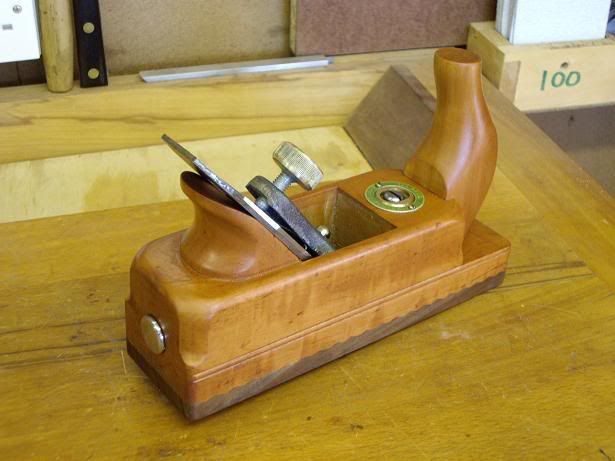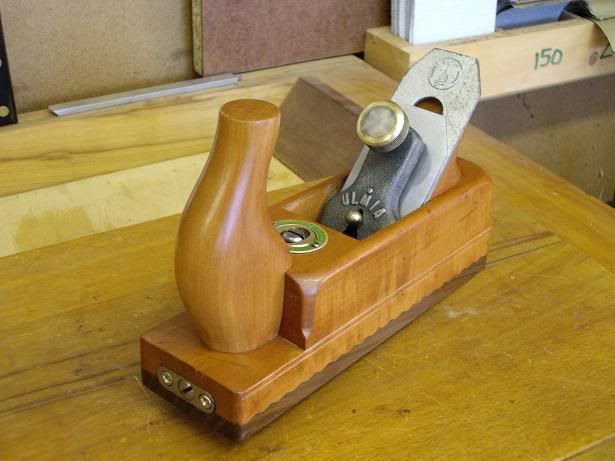CONGER
Established Member
Can anyone cast light on the use of the word 'Bismark' to describe a plane... probably a scrub plane?
rgrds, g.
rgrds, g.




CONGER":3u7o7o7b said:From the responses, it appears that the english carpenters (a daringly wide generalisation!) of the pre Stanley / pre metal planes era did not have scrub planes. Is this true? If so, then what was used the cabinet maker?
CONGER":wfov0x0q said:From the responses, it appears that the english carpenters (a daringly wide generalisation!) of the pre Stanley / pre metal planes era did not have scrub planes. Is this true? If so, then what was used the cabinet maker?
rgrds, g.
Enter your email address to join: